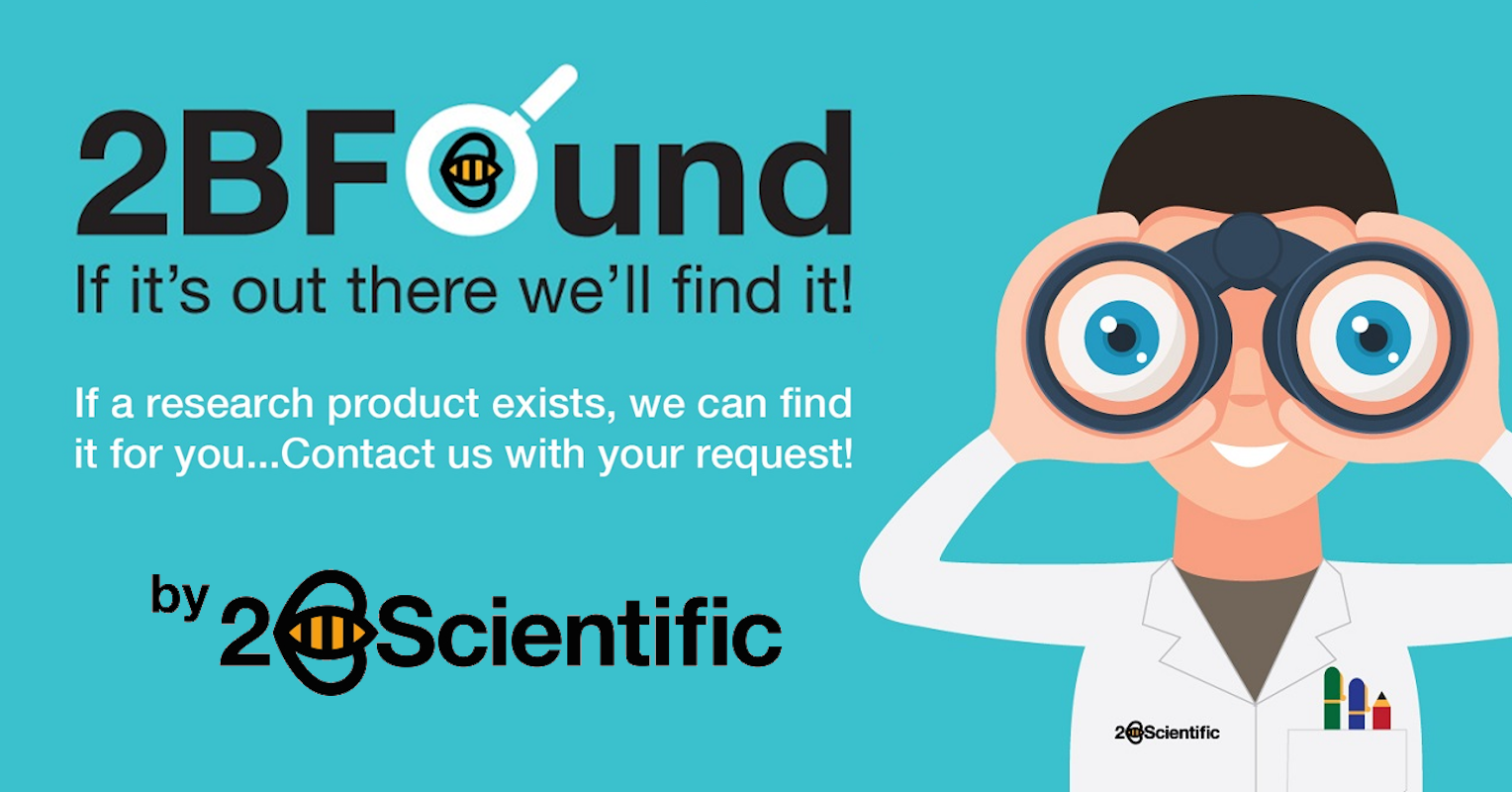
Haptoglobin, Mixed Type, Low Endotoxin Level
Product Sizes
1 mg
16-16-080116--LEL-1MG
5 mg
16-16-080116--LEL-5MG
About this Product
- SKU:
- 16-16-080116--LEL
- Additional Names:
- Animal Studies, Cell Based Assays, ELISA, Protein Chemistry, Inflammation, Sickle Cell Anemia, Glycosylation, Stroke, Central Nervous System Injury, Diabetes, Cardiovascular Disease, In Vitro Diagnostic, Iron Metabolism, Cancer|Zonulin, HPT, HP, BP, HP2ALPHA2, HPA1S
- Application:
- Cell-based/Functional Assay, ELISA
- Buffer:
- Salt-free lyophilized solid.
- CAS Number:
- 9087-69-8
- CE/IVD:
- RUO
- Extra Details:
- Haptoglobin is a major acute-phase plasma glycoprotein present at concentrations of 100-300 mg/dL, primarily synthesized in the liver. Its central function is to bind free hemoglobin released during red blood cell breakdown, thereby preventing iron loss through the kidneys and reducing hemoglobin-driven oxidative tissue damage. This hemoglobin-haptoglobin complex is rapidly cleared by macrophages via the CD163 receptor, facilitating iron recycling and modulating antioxidant and anti-inflammatory pathways. Haptoglobin also influences immune responses, interacting with neutrophils, lymphocytes, and dendritic cells to regulate inflammation and adaptive immunity. Humans exhibit three main haptoglobin phenotypes-Hp 1-1, Hp 2-1, and Hp 2-2-arising from genetic polymorphisms. Hp 1-1 demonstrates the highest hemoglobin-binding and antioxidant efficiency, while Hp 2-2 is least effective, which may explain its association with increased risk and severity of conditions such as cardiovascular disease, diabetes, and epilepsy. Notably, the Hp 2-2 phenotype is linked to poorer outcomes in coronary artery disease and more frequent epilepsy attacks, likely due to reduced antioxidant protection in neural tissues. Clinically, haptoglobin serves as a sensitive biomarker for hemolytic anemia, liver function, and as a potential prognostic marker in cancer and inflammatory diseases. Therapeutically, recombinant haptoglobin is being explored for treating hemolysis-related complications and as a neuroprotective agent following subarachnoid hemorrhage.
- Formulation:
- Salt-free lyophilized solid.
- Molecular Weight:
- Hp 1-1: 86,000; Hp 2-1: 200,000; Hp 2-2: 400,000
- Physical State:
- Lyophilized
- Purity:
- ≥95%
- Purification:
- Liquid Chromatography Methods
- Shipping Conditions:
- Blue Ice
- Source:
- Source human plasma non-reactive for HBsAG, anti-HCV, anti-HBc, and negative for anti-HIV 1 & 2 by FDA approved tests.
- Storage Conditions:
- Please refer to datasheet
- Supplier:
- Athens Research & Technology Inc.
- Type:
- Proteins, Peptides, Small Molecules & Other Biomolecules: Native
